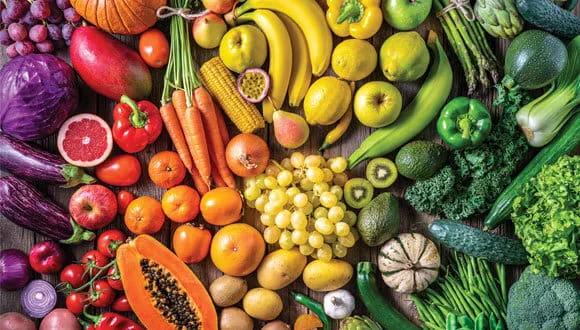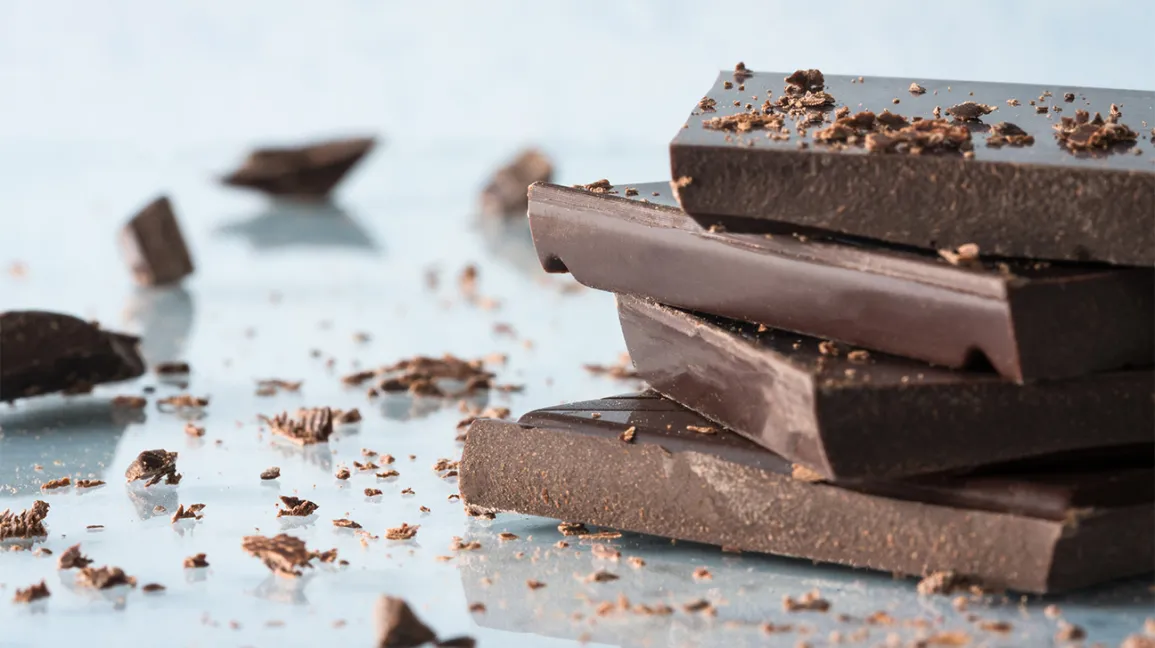Antioxidants: Why you should grab an Orange
- Lois Adofowaa Amponsah
- Feb 16, 2024
- 4 min read
Updated: Oct 28, 2024
History
The discovery of antioxidants is somewhat accidental as in the early 20th century, scientists Dr. Albert Szent-Györgyi and Dr. Norman Haworth conducted their independent research, which led to the identification of Vitamin C. Dr. Haworth conducted research on the health benefits of certain compounds, while Dr. Szent-Györgyi worked on isolating ascorbic acid from citrus fruit. It is interesting however, that these scientists though with different focus, all chanced upon the antioxidant properties of Vitamin C. (Gonçalves et al.,2017)


Action
Although the identification of antioxidants paved way for discovery of Vitamin E and beta-carotene, the term "antioxidant" became popular in the latter half of the 20th century. Most researchers and the public became aware of the protective effects of these compounds against oxidative stress. This stride has since evolved, and the growing understanding of antioxidants has contributed immensely to dietary recommendations and development of antioxidant-rich supplements. Antioxidants play an important role in the human body by neutralizing harmful molecules known as free radicals. Free radicals are metabolites produced from biological activities in the body, exposure to environmental pollutants, and even from food we ingest. They damage cells, contribute to aging and diseases. It is generally assumed that free radicals cause oxidative damage to lipids, proteins, and nucleic acids; therefore, antioxidants that can neutralize free radicals may be of central importance in the prevention of these disease states. (Rapisarda et al., 1999). The role of antioxidants in neutralizing free radicals can be likened to the activity of a mop.

Sources
Numerous foods are rich in antioxidants, offering a variety of compounds that contribute to overall health. Here are some examples:
Fruits: Oranges, blueberries, strawberries, raspberries, apples, grapes, kiwi and blackberries.
Nuts and Seeds: Almonds, walnuts, sunflower seeds, and chia seeds provide antioxidants, including vitamin E and selenium.
Vegetables: Dark leafy greens (spinach, kale), broccoli, Brussels sprouts, and bell peppers are rich in antioxidants, including vitamins A, C, and E.
Colorful Vegetables: Carrots, sweet potatoes, and tomatoes contain antioxidants like beta-carotene and lycopene.
Herbs and Spices: Turmeric, cinnamon, and ginger are known for their antioxidant properties.
Dark Chocolate: High-quality dark chocolate contains flavonoids, which have antioxidant effects.
Green Tea: Rich in catechins, green tea is a beverage with antioxidant properties.
Beans: Kidney beans, black beans, and other legumes contain antioxidants, including various phytochemicals.
Whole Grains: Foods like quinoa, brown rice, and oats contribute antioxidants and other beneficial compounds.
Incorporating a diverse range of these antioxidant-rich foods into our diet can provide a broad spectrum of health benefits. Obtaining antioxidants through whole foods is generally more beneficial than relying on supplements. This article will highlight the antioxidant benefit of one very common fruit.
Oranges
Oranges are the most popular fruits in the world, first originating from the tropics of Asia and now in different varieties all over the globe. An interesting fact is that an orange is technically a berry. Being a great source of antioxidants, what best way to get the nutrients than to add it as part of meals, to enjoy its' juice, and to savor the goodness of its' fiber. The diverse ways oranges can be enjoyed has led to various mutations of this fruit, even with genetic interventions. The antioxidant activity of orange is not a property of a single phytochemical compound, but is widely distributed among the phenolic constituents. This has allowed for the understanding of the health benefit of oranges.

In a study that investigated the effect of phenolics on antioxidant properties of orange juice, it was concluded that the supply of natural antioxidant phenols through daily consumption of orange juice might provide additional protection against free radicals formation. When used as a dietary intervention for hepatitis C patients under antiviral therapy, orange juice was named a convenient food. It led the increase in antioxidant capacity and decreased inflammation and cholesterol in blood serum, while maintaining body mass. Overall, it contributed to protection against the harmful effects caused by the chronic hepatitis C virus. Ultimately, the scavenging ability of antioxidants makes it a great anti-carcinogenic food commodity. (Grosso et al.,2013).
Considering the health benefits, do you intend on incorporating oranges in your weekly meals?
Absolutely
No
I can't tell
Conclusion
It is important to note that our health as individuals is a result of cumulative effect of our daily habits and environmental factors. Hence, in our bid for good health, the factors we can control should be our greatest priority. Making a conscious effort to take a juicy fruit like an orange could just be one baby step towards overall health and wellness. If there is one thing you need to remember from this article, it should be that oranges are common and rich in helping you stay healthy and strong.
References
Danielle Gonçalves, Claudia Lima, Paula Ferreira, Paulo Costa, Angela Costa, Walter Figueiredo & Thais Cesar (2017) Orange juice as dietary source of antioxidants for patients with hepatitis C under antiviral therapy, Food & Nutrition Research, 61:1, DOI: 10.1080/16546628.2017.1296675
Grosso, G., Galvano, F., Mistretta, A., Marventano, S., Nolfo, F., Calabrese, G., Buscemi, S., Drago, F., Veronesi, U. and Scuderi, A., 2013. Red orange: experimental models and epidemiological evidence of its benefits on human health. Oxidative medicine and cellular longevity, 2013.
Paolo Rapisarda, Antonio Tomaino, Rossella Lo Cascio, Francesco Bonina, Anna De Pasquale, and Antonella Saija Journal of Agricultural and Food Chemistry 1999 47 (11), 4718-4723
DOI: 10.1021/jf990111l
Did you find this post useful?
Yes
No










This is quite an insightful and very educative content Lois! Thanks for sharing!